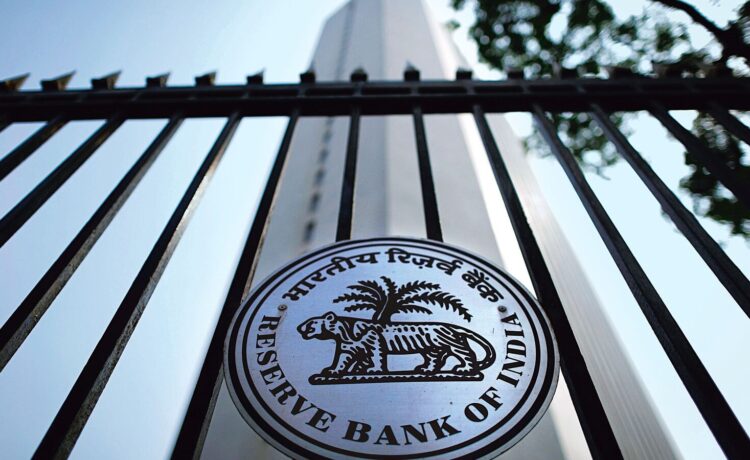Banks, non-bank lenders and financial institutions may get to invest up to 10% in the corpus of alternate investment fund (AIF) schemes, in a relief for the sector that faced a central bank clampdown in December, 2023.
There will be no restriction on regulated entities (REs) such as banks for investing up to 5% in the AIF scheme’s corpus, Reserve Bank of India (RBI) proposed on Monday. However, if the AIF scheme invests in a company that has borrowed from the bank, then the RE must make full provision to the extent of its proportionate exposure, the draft circular said. Again, total investments by all REs in any AIF scheme will be capped at 15% of the scheme corpus.
“Notwithstanding, if the RE’s contribution is in the form of subordinated units under the priority distribution model (PDM), it shall deduct the entire investment from its capital funds— equally from both Tier-1 and Tier-2 capital (wherever applicable),” RBI said.
Also read: Bank of Baroda’s margin pressure to continue before easing in FY26 second half
The new directions will apply only to future investments. Investments and commitments made already will continue to be governed by current norms. Further, RBI, in consultation with the government, may exempt certain AIFs that have been set up for strategic purposes. The central bank has sought comments and feedback on the new draft norms by 8 June.
“The RBI’s updated guidelines on bank investments in AIFs reflect a mature policy shift. They balance prudential risk management with the broader developmental objective of banks,” said Gopal Srinivasan, chairman and managing director of TVS Capital Funds, adding the move will help restore regulatory clarity for such investments.
Need for revised norms
RBI said the draft was issued following the guidelines issued by the Securities and Exchange Board of India on 8 October, 2024 requiring specific due diligence with respect to investors and AIF investments. RBI said the new norms will help “prevent facilitation of circumvention of regulatory frameworks” by ensuring uniform guidelines across regulators.
Also read: SBI shares fall as lender tempers loan growth target amid tariff uncertainty
The Sebi circular, while highlighting concerns of RBI-regulated lenders using AIFs to evergreen stressed loans, introduced stricter due diligence requirements for AIFs, their managers and key management personnel. The objective was to prevent circumvention of regulations, tighten oversight over such funds and prevent ineligible investors from accessing benefits meant for qualified institutional buyers (QIBs) and qualified buyers (QBs). AIFs were also required to perform due diligence if 25% or more of the scheme’s corpus was contributed by RBI-regulated investors or if they exerted significant influence over investment decisions.
“Taking into account the more robust and comprehensive structure provided under the Sebi guidelines, there was a scope and need for bringing in some relaxations,” said Jyoti Prakash Gadia, managing director at Resurgent India, a category-1 merchant bank.
“Since an approach of discipline has been exhibited by the regulated entities subsequent to the previous guidelines, the partial relaxations are expected to bring in better utilization of the alternate investment funds,” he added.
Background
On 19 December, 2023, RBI asked lenders not to invest in AIFs that have direct or indirect downstream investments in companies that were borrowers in the last 12 months. Further, such existing investments were required to be liquidated or fully provided for in 30 days. This prompted several large private banks to make significant provisions against these investments in their financials for the last two quarters of FY24.
In March 2024, the regulator clarified that these investments would exclude equity shares, compulsorily convertible preference shares and compulsorily convertible debentures. It had then also said that the provisioning will be required only to the extent of investment by the RE in the AIF scheme which is further invested by the AIF in the debtor company, and not on the entire investment of the RE in the AIF scheme.
These guidelines were stipulated with the objective of preventing instances of evergreening by utilization of the AIF route to repay existing potential distressed loans. In Monday’s circular, RBI said that the regulatory measures have brought “financial discipline among the REs regarding their investment in AIFs”.
Siddarth Pai, co-founder and managing partner, 3one4 Capital said the new guidelines are significant to rupee capital formation as banks and NBFCs are important institutional investors in AIFs, but were placed under restrictions due to certain regulatory findings.
Also read: Microfinance stress, RBI embargo weighed on Kotak Bank’s Q4 profitability
“The Indian AIF industry is around ₹13.5 trillion in capital commitments as of 31 March, 2025. The aim is to reach at least ₹30 trillion by 2030. For this, the simplification of regulation and the removal of artificial regulatory barriers to investing in alternatives is key,” he said.
(With inputs by Sneha Shah)





